Seven federal agencies, along with state and local input, made recommendations for well integrity, health effects, energy reliability for the underground storage of natural gas
Through the work of a new task force co-chaired by the Department of Energy (DOE) and the Department of Transportation’s Pipeline and Hazardous Materials Safety Administration (PHMSA), representatives from the Department of Transportation, the Environmental Protection Agency, the Federal Energy Regulatory Commission, the Department of Commerce, the Department of Health and Human Services, the Department of the Interior, and from state and local governments studied natural gas storage safety and has released its report in response to the gas leak at the Aliso Canyon storage facility.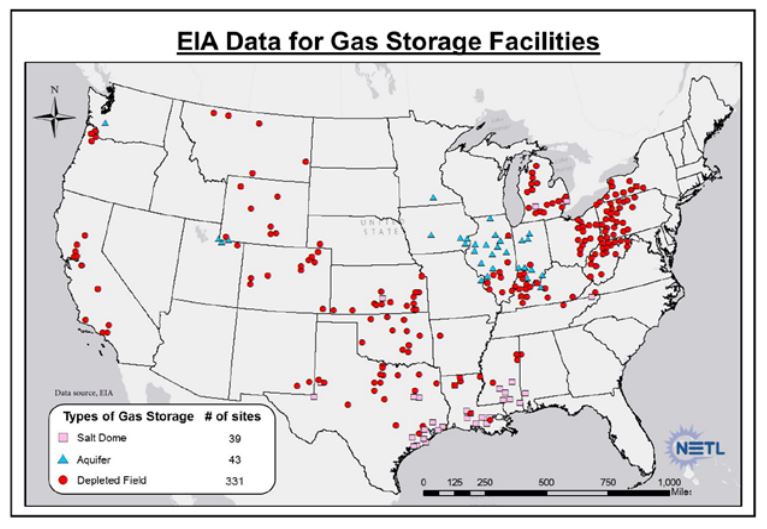
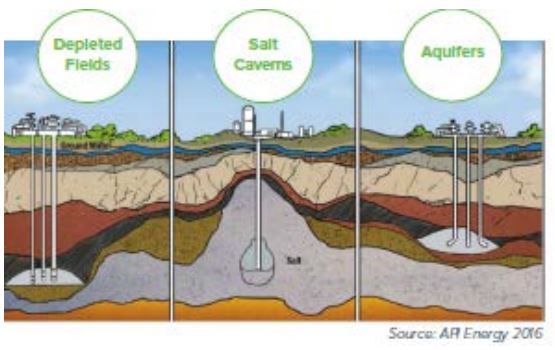
Task force studied 3 areas: well integrity, health and environmental, energy reliability
The 2016 PIPES Act tasked the group with performing an analysis of the Aliso Canyon event, making recommendations to reduce the potential for occurrence of similar incidents in the future, and required that PHMSA consider the findings and recommendations of this report as they work to develop minimum federal safety standards for underground gas storage to be issued within two years.
According to the White House, the task force pursued three primary areas of study: integrity of wells at underground gas storage facilities, public health and environmental effects from a natural gas leak like the one at the Aliso Canyon underground gas storage facility, and energy reliability concerns in the case of future natural gas leaks.
The report contains 44 specific recommendations.
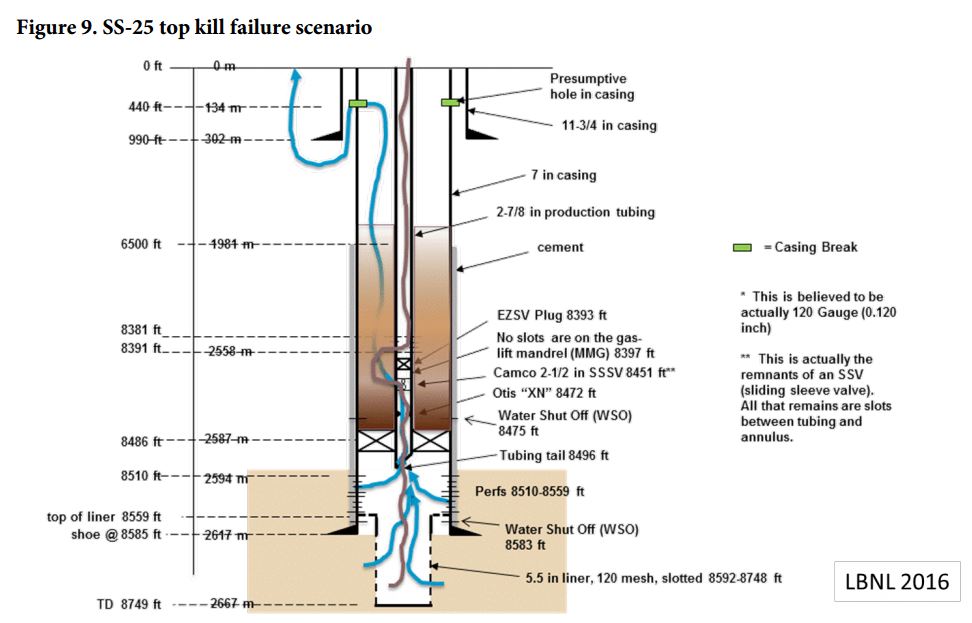
Well integrity
In just one area, well integrity, the task force’s report found that if a second barrier had been in place, the uncontrolled leak could likely have been avoided. Additionally, the report notes that the inspection program, monitoring, and risk management plan for this well appear to have been inadequate to ensure safety. For example, well logs indicate that the majority of wells at the facility had not been recently evaluated for integrity.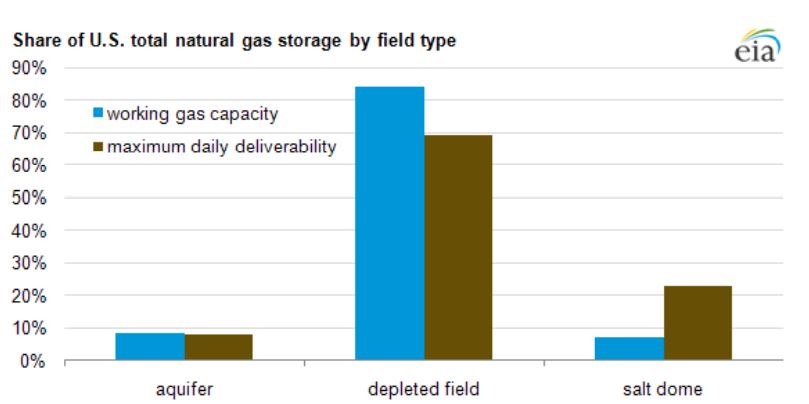
Based on these findings and more, the report makes the following key recommendations addressing well integrity issues:
- New wells should be designed so that a single point of failure cannot lead to leakage and uncontrolled flow, and except under limited circumstances, natural gas storage operators should phase out single point-of-failure wells.
- Operators should adopt risk management plans that include a rigorous monitoring program, well integrity evaluation, leakage surveys, mechanical integrity tests and conservative assessment intervals.
- DOE and DOT should conduct a specific and thorough joint study of subsurface safety valves.
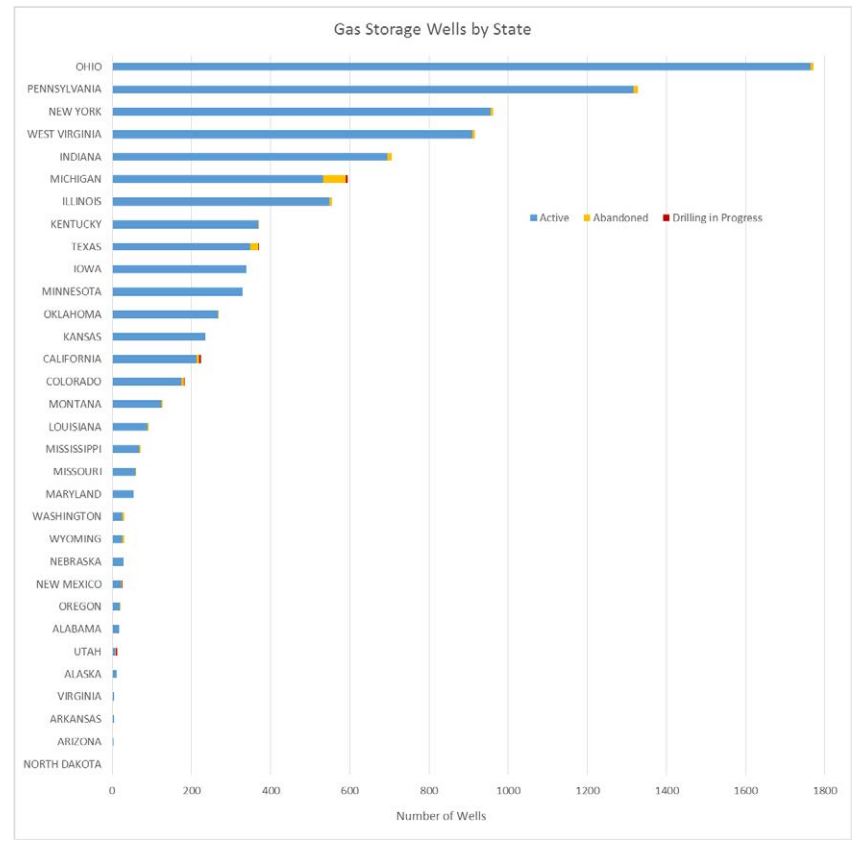
The full report, which is entitled Ensuring Safe and Reliable Underground Natural Gas Storage, is available for download.

